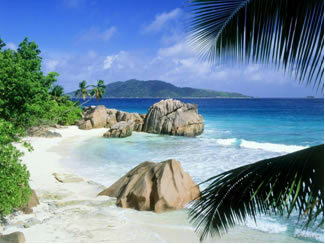Hydrographic basin, also called drainage basin, is a portion of the earth's surface drained by a main river, its tributaries and sub-affluents. Brazil is a privileged country when it comes to water availability, as the national territory has a very rich hydrographic network.
According to the National Water Resources Council (CNRH), the body responsible for planning and rational use of water, Brazil has 12 large hydrographic regions.
The South Atlantic Basin is one of these 12 hydrographic regions. It covers portions of the territories of Paraná, Santa Catarina and Rio Grande do Sul, occupying an area of 185.8 thousand square kilometers, which corresponds to approximately 2% of the country's total area.

Jacuí River
Most of the rivers in this hydrographic basin are small. The longest rivers are the Itajaí, Jucuí and Vacacaí. The Jacuí, with a length of 700 kilometers, runs through the state of Rio Grande do Sul, and its source is located in Passo Fundo.
The average annual flow of the South Atlantic Basin accounts for 2.6% of the country's total. These rivers provide water for more than 11.6 million people, in addition to being extremely important for carrying out economic activities, especially agriculture.
However, these activities have caused several environmental problems, such as the removal of riparian forest and the pollution of rivers, which occurs mainly through the extraction of mineral coal in some municipalities of Santa Catherine.
By Wagner de Cerqueira and Francisco
Graduated in Geography
Kids School Team


